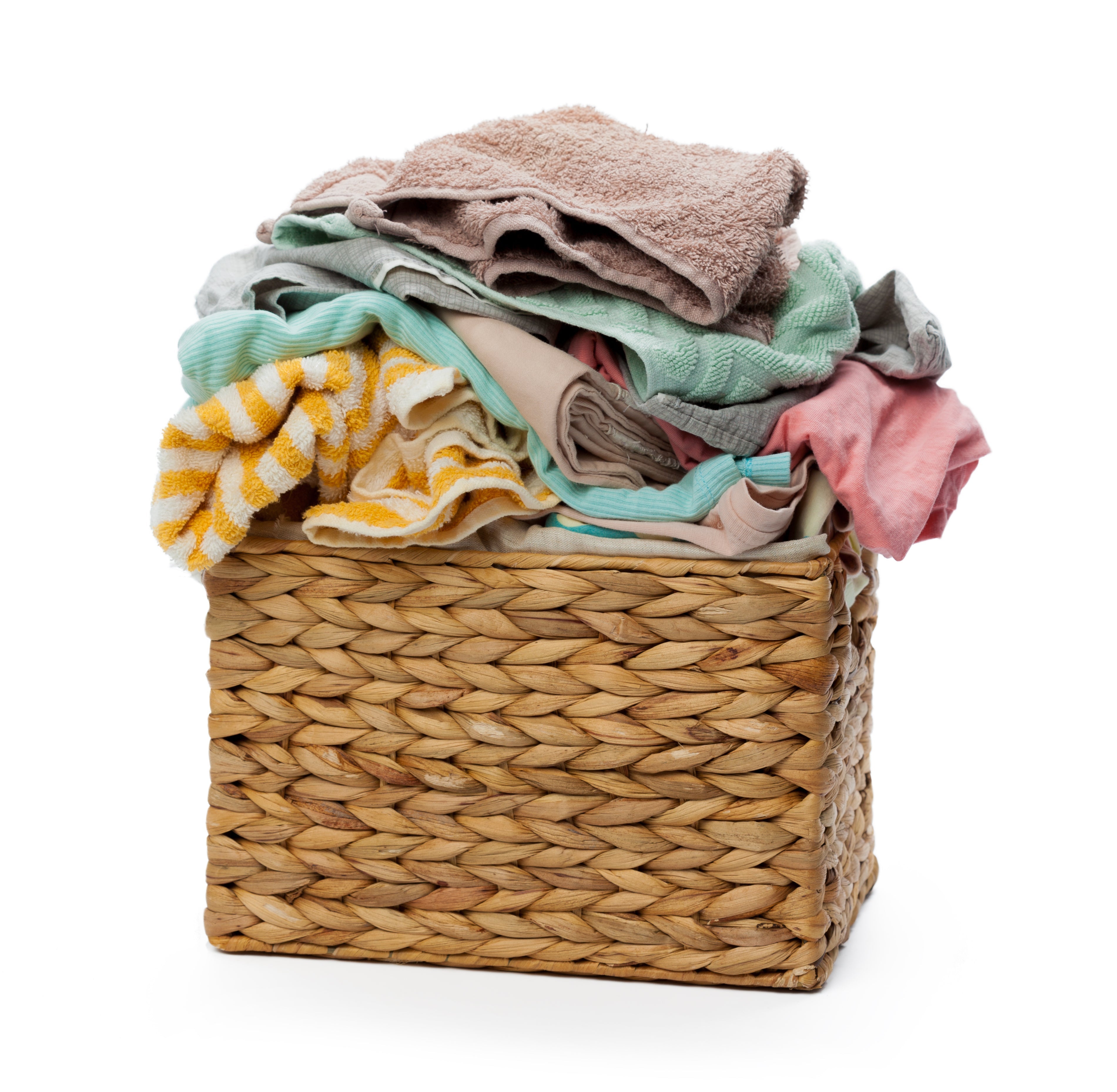
Sorting Laundry: Smart & Efficient in 5 Steps
Sorting laundry is often seen as a tedious chore, but it's essential for clean clothes and a longer lifespan for your favorite items. By sorting your laundry smartly, you prevent discoloration, damage, and disappointing results. In this article, you'll learn a practical system that makes sorting laundry simple and effective, so every wash with laundry strips or other detergent goes smoothly.
Why sorting is important
It might seem excessive to maintain multiple laundry piles, but sorting prevents common laundry problems. Dark colors can bleed onto light-colored fabrics, especially during the first few washes. Delicate materials like wool or silk require different treatment than durable cotton. And you don't want to wash heavily soiled work clothes with delicate blouses.
By consciously sorting, you can also choose the right washing temperature and program more effectively. This saves energy and ensures that each garment gets exactly what it needs. The result: clothes that stay beautiful longer and washes that are truly clean.
The 5 most important sorting categories
1. Color: white, light, dark and colored
Start by sorting by color to prevent discoloration. Create four main groups: bright white, light colors like beige and pastels, dark colors like black and navy blue, and bright colors like red or purple. Wash new, dark or bright items separately the first time, as they often still bleed.
2. Material and fabric type
Cotton towels can withstand a heavy wash at higher temperatures, while synthetic sportswear or wool sweaters can be damaged by washing too hot or too intensively. Therefore, also sort by material. Group sturdy cotton items, delicate fabrics like silk or lace, synthetic sportswear, and wool separately.
3. Degree of dirt and odor
Heavily soiled work clothes or muddy sportswear deserve their own wash with a more intensive cycle. Don't mix them with lightly worn items that just need a freshening up. Strongly scented clothing like sweat shirts should also be washed separately or at a higher temperature after a workout.
4. Size and weight
Large, heavy items like duvet covers or towels take up a lot of space and absorb a lot of water. Wash these separately or combine a maximum of a few large items per load. Small, delicate items can get damaged among heavy linens, so keep this in mind.
5. Special treatment required
Some clothes require extra care. Garments with zippers should be placed in a laundry bag to prevent damage. Pre-treat stained items instead of simply tossing them in with the rest. Bras and other lingerie should be washed in a laundry bag on a gentle cycle.
Practical sorting system for home use
A handy way to simplify sorting laundry is to use multiple laundry baskets or sorting bins. For example, set up three bins: one for whites and lights, one for darks, and one for delicates. This way, you can sort while you're undressing, so you don't have to sort everything right before washing.
Clearly label the bins or choose colored baskets that correspond to the laundry types. Teach housemates or children to sort as well, so everyone contributes. This way, sorting laundry becomes part of the routine and takes very little time.
For small homes where multiple baskets take up too much space, a stackable sorting system or a basket with multiple compartments works perfectly. It doesn't have to be complicated, as long as you stick to the main categories.
Common mistakes when sorting laundry
Many people sort by color alone, forgetting about material or soiling level. This could mean a nice blouse sits among rough jeans and gets damaged, or lightly soiled clothes are unnecessarily washed at 60 degrees. Think beyond just white and dark.
Another mistake is overloading the machine after sorting. When you finally have enough laundry, it's tempting to cram everything in. But an overloaded machine doesn't wash well. Fill it no more than three-quarters full so clothes can move freely.
Throwing new clothes straight in with the rest is also a risk. New dark or bright items often release color. Wash these separately the first few times or use color-catching cloths for added security.
More washing tips for optimal results
Now that you know how to sort smartly, there are even more laundry tips to improve your routine. For example, choose the right detergent for the type of laundry. For whites, use detergent with bleach, and for colors, use detergent without. Washcloths are handy because they're universally applicable and automatically dispense the correct dosage for each load.
Also pay attention to the washing temperature. Most laundry gets clean at 30-40 degrees Celsius. Only towels, bedding, or heavily soiled laundry need 60 degrees Celsius. By choosing wisely, you save energy and keep your clothes looking good longer.
Sorting laundry doesn't have to be complicated if you use a clear system. By sorting by color, material, and soiling level, each garment gets the treatment it deserves. Your clothes stay looking good longer, you save energy, and your washing results visibly improve.
Frequently Asked Questions
Should I wash new clothes separately?
Yes, wash new dark or bright clothes separately for the first 2-3 washes. These items often release color that can discolor light-colored clothes. After that, you can add them to your regular laundry.
How many sorting categories do I need as a minimum?
At least three: white/light, dark, and delicate. This will prevent most problems. For optimal results, add categories for soiling level and material type.
Can I wash gray with white or dark?
Light gray is usually safe to wash with whites, while dark gray is better with darker colors. However, be sure to check if the item bleeds by pressing a damp white cloth against it before deciding.

